MLB The Show 21 is certainly one of the most anticipated games coming next year on next-generation consoles. The series has been solid, albeit a bit stale for the last couple years. That said, brand new, turbo-charged hardware is sure to boost expectations from a community begging for more from San Diego Studio. Given what we have seen from industry-adjacent titles such as NBA 2K21, FIFA 21, and even Madden 21, has the bar been raised for the one true baseball simulation experience on the market?
Overall, it’s been an interesting couple months for sports games, so let’s review some of the headlines from sports titles making the jump to the next console generation before making some “educated” MLB The Show 21 predictions.
NBA 2K21
The first sports game to release and make a leap to the next-generation platforms, NBA 2K21 impressed some consumers by beefing up the visuals and bringing a new generation of immersion to the table. Visual Concepts set an incredibly high bar for the industry when it comes to graphical quality and visual fidelity.
Lighting, more than anything, took an enormous jump forward with the PlayStation 5 and Xbox Series X versions of the game. Lighting has more of a natural, environmental feel, rather than an artificially installed surface render. Players appear more lifelike. This, in turn, makes the entire simulation feel more immersive and, frankly, real.
On the court, wood tones from the playing surface take in and reflect light in a more organic way. Instead of playing on a video game surface, it truly feels as though you’re running up and down floorboards recently waxed by the arena crew. While it’s not actual ray-tracing technology, the ability for the arena to utilize more power from the next-generation consoles makes an enormous difference. That said, it’s safe to assume real ray tracing technology will be coming to the 2K series in the next year or two.
Finally, the eyes. The eyes, as they say, are a way to one’s soul. Games have been trying for years, decades even, to harness the life that is intrinsically baked into every one person’s unique stare. NBA 2K21 takes a leap forward in this department as well. The lighting as it plays off the different parts of the eyeball feels more authentic. Even in replays, the way the eyeballs move and scan their environments feel somewhat more convincing.
Graphically, the 2K series has always been the platinum trophy on the proverbial mantle in the gaming community. It’s what each series should shoot for coming out of the gates.
FIFA 21
EA Sports is usually doubted by its consumers right now, and for good reason. The erosion of franchise mode in most of its games, the not-so-subtle lean into microtransactions, and the marginal crawl of gameplay improvements have fans banging on tables. That said, FIFA 21 did kick it up on the pitch, and I would consider this year’s next-gen debut a nice win as a “free” upgrade this time around.
It’s impossible not to start with Frostbite’s inclusion of the new strand-hair technology. The new feature has without a doubt set a new standard for hair physics in sports videos games, maybe in video games period. While the physics can seem a touch overdone at times, the overall effect is jaw-dropping and brings to life a piece of gaming that has troubled developers and designers for years. Long hair, short hair, different hair styles, it doesn’t matter. Each strand of hair lives a life of its own, moving in the physical space of momentum its player provides.
Special thanks to Digital Foundry for this excellent shot
On the pitch, skin tones are vastly improved, receiving light from their environments in a more natural, beautiful way. Pores appear real. Blemishes appear aged rather than painted on. The casing of a player seems to come with layers upon layers rather than an eggshell representation of what the player’s face-scan might have provided.
It doesn’t stop there. Mouth physics and textures appear more genuine. Eyes have been given a bump in quality. Even the uniform textures themselves move in a fantastic, organic way. It’s a triumph for EA Sports, there’s no way around it. This was a win in terms of taking a pre-released game on the current gen and beefing it up for a next-generation debut. There’s no complacency here.
Madden 21
Like its sister series, FIFA, Madden has been shoveled heaping handfuls of criticism over the past few years, none more bombastic than the 2020 Twitter hashtag demanding consumers avoid the product completely. NFL players even jumped on the bandwagon. It was a public relations nightmare. This, of course, was with regards to the previous generation release — not what was presented on next gen.
The next-generation release itself was very odd. The marketing of the next-gen debut was just strange. Virtually zero gameplay of the product was provided to the public pre-release, leaving many to anticipate a lackluster jump. In fact, many assumed it would be more of a port with the potential for better frame rates if anything. Those people were wrong in some respects and right in others.
While Madden 21 on next-generation consoles didn’t make the advancements of the two aforementioned games before it, it did provide some meaningful enhancements, as well as improvements on the physics side of things.
Like NBA 2K21 and FIFA 21, Madden 21 got a lighting buff both in terms of skin tones and stadiums. Uniforms and helmets received a more believable brand of reflection, especially in adverse weather conditions when the textures appear wet. Muscle textures pop off the player models a bit better, and the overall depth of view just felt more immersive when diving in here.
On the physics side, players move a little slower and more naturally. Locomotion in Madden 21 on next-gen consoles felt a little more as-advertised rather than something shot out of an arcade. All in all, it was a step forward for the series, though they’ll certainly have to take another jump with Madden 22 with the morsel of momentum they’ve provided themselves here.
MLB The Show 21
So where does that leave us in terms of expectations for the 2021 release of MLB The Show? If its parallels are any indication, consumers should be expecting an improvement worthy of the added cost.
First, let’s start with material improvements. Uniform textures in MLB The Show over the past generation seemed to peak in 2015. Fabric physics lagged behind most other sports games, and the lighting was artificially added to each shot. That shouldn’t be the case in 2021. Consumers should expect better uniforms with more lifelike textures and a lighting engine added to the stadiums that promotes a more immersive experience. Dirty, wet, or even ripped uniforms should be possible. Unbuttoning the top button of a uniform should be possible. Chains that move with a momentum engine should be possible. Will all this be included? Maybe not. But sizable improvements on the apparel side are coming.
Second, skin tone improvements are almost a given from this chair. Skin tones have been troubling in MLB The Show for a while now, especially as it pertains to created players or players without a face scan. At bare minimum, the most famous players in baseball should have more lifelike skin tones and lighting enhancements that promote a human being on the field. Facial reactions of excitement, anger, and joy should come through. NBA 2K, Madden, and FIFA all achieved this in different ways this year — some games better than others. Knowing what San Diego Studio has accomplished in the past, and in previous console generation jumps, this is likely near the top of the design list.
Thirdly, field improvements could possibly be on the way, most notably on the textural side of grass. For one reason or another, the playing surface in stadiums has failed to present a realistic portrayal of what a baseball field looks like on television, let alone in-person. This is less likely than the two improvements listed above, but still something to keep an eye out for moving forward. Other pieces of stadium authenticity like dirt/dust, stadium textures, and fans could all see a pop in believability as well.
Bottom Line
This is not an article about what the consumer deserves. What this should serve as is a predictive tool, based on genre-adjacent titles, and what to expect this spring from San Diego Studio on the graphics front.
It’s not out of the realm of possibility we see a delayed release into May for the next-generation iteration of MLB The Show (purely speculation on my part), but regardless of when the game releases, consumers should hold the belief that this game will launch looking drastically more improved than its ancestor from 2020, and that should be exciting to think about as we look beyond graphics to consider what else might be possible.



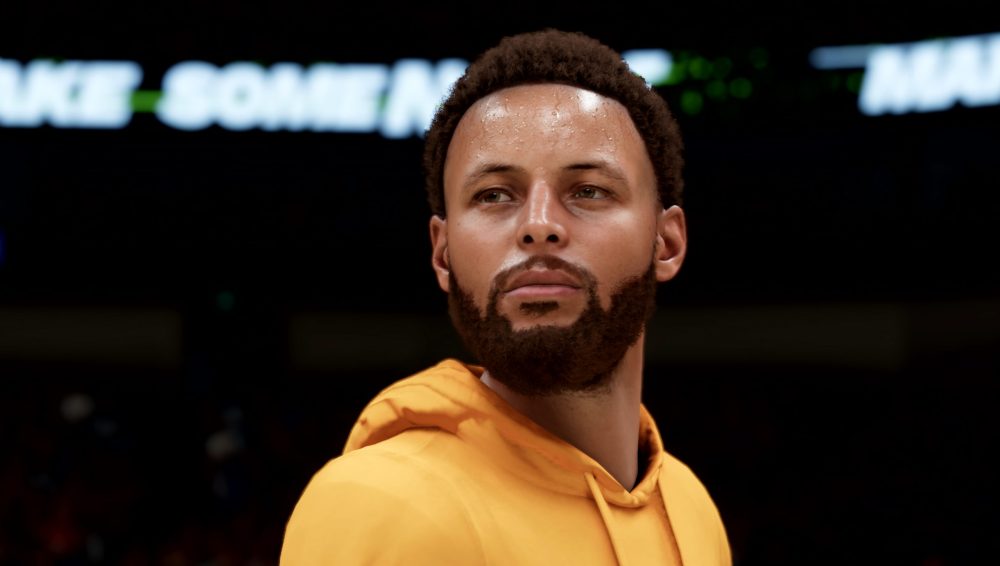
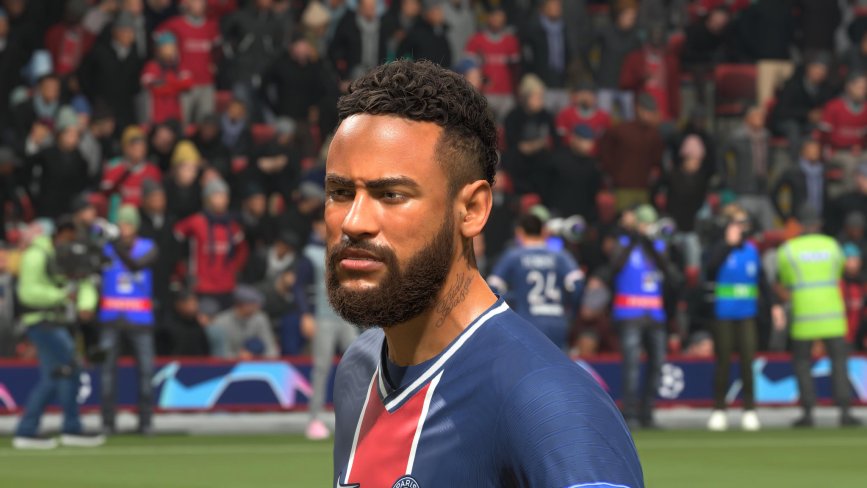

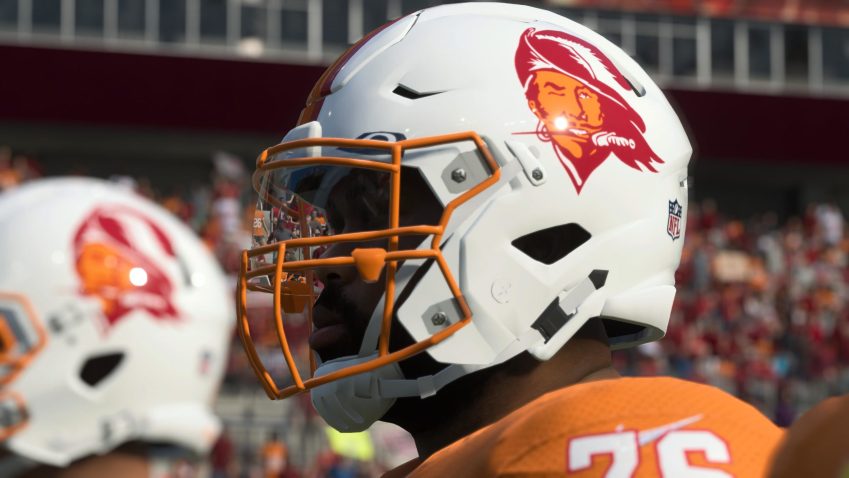
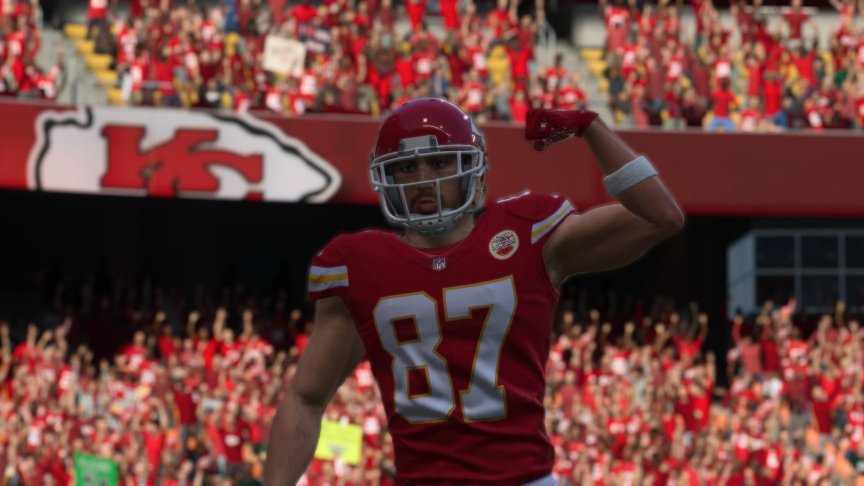
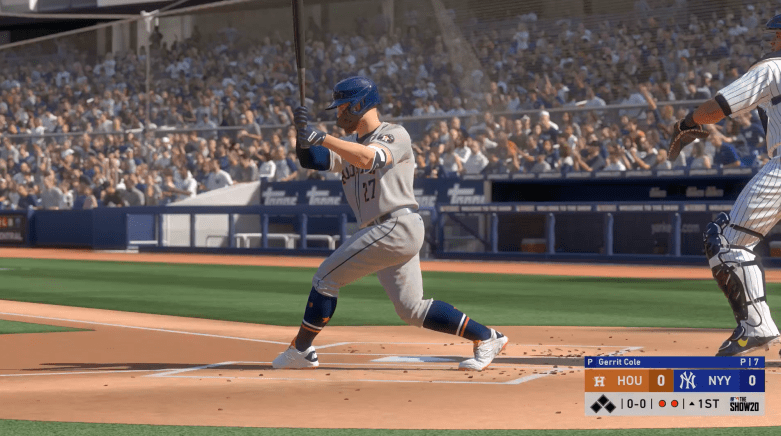
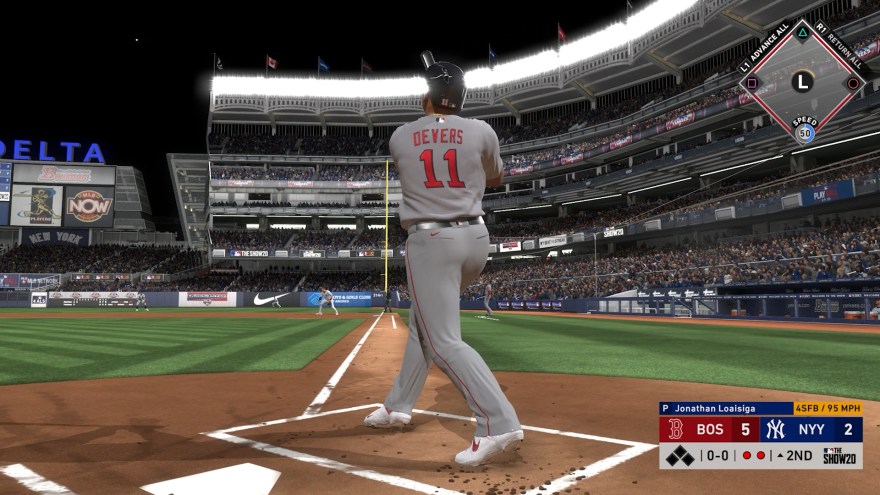





Published: Jan 5, 2021 01:00 pm